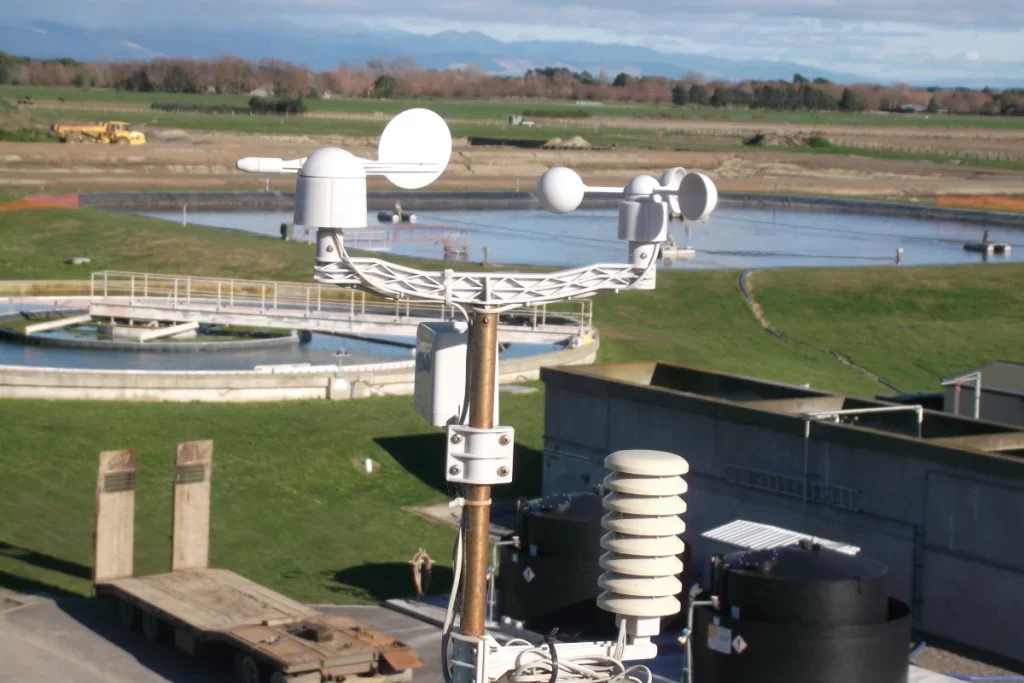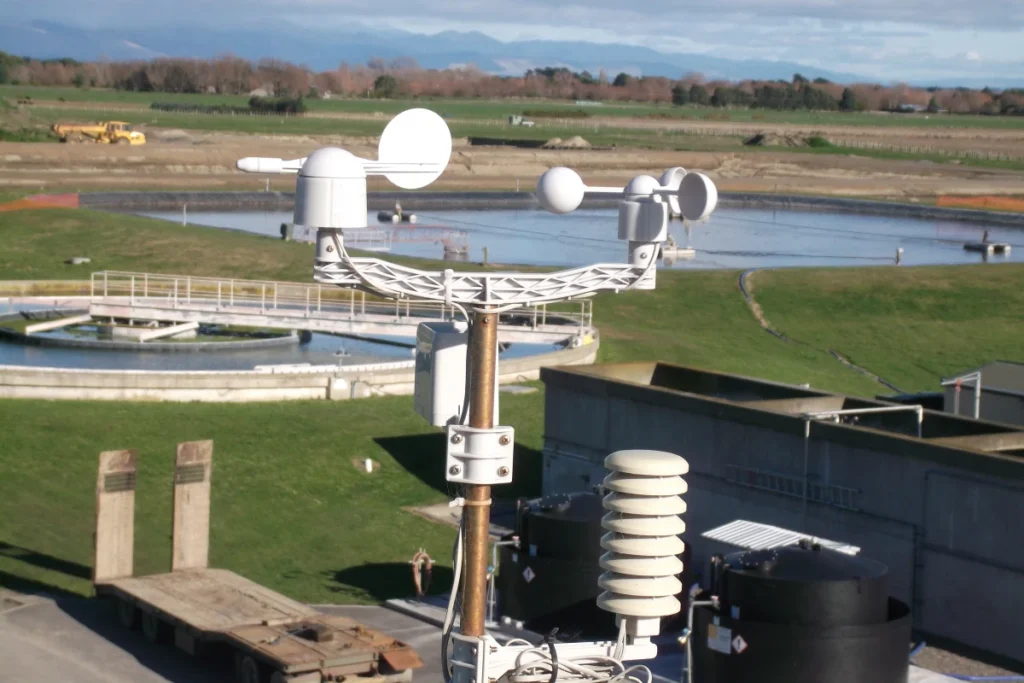
# Definition of Anemometer in Meteorology
## What is an Anemometer?
An anemometer is a device used in meteorology to measure the speed and direction of wind. It is an essential tool for weather forecasting, aviation, and environmental monitoring. The term “anemometer” is derived from the Greek word “anemos,” meaning wind, and “metron,” meaning measure.
## Types of Anemometers
There are several types of anemometers, each designed for specific applications:
– Cup Anemometer: This is the most common type, featuring three or four cups mounted on horizontal arms. The cups catch the wind, causing the arms to rotate. The speed of rotation is proportional to the wind speed.
– Vane Anemometer: Also known as a windmill anemometer, this type uses a propeller mounted on a wind vane. The vane aligns itself with the wind direction, and the propeller’s rotation speed indicates the wind speed.
– Hot-Wire Anemometer: This type uses a thin wire heated to a constant temperature. The wind cools the wire, and the amount of cooling is used to calculate the wind speed.
– Ultrasonic Anemometer: This advanced type uses ultrasonic sound waves to measure wind speed and direction. It is highly accurate and is often used in research and high-precision applications.
## How Does an Anemometer Work?
The working principle of an anemometer depends on its type. For example, in a cup anemometer, the wind causes the cups to rotate. The rotation speed is measured and converted into wind speed. In a vane anemometer, the wind turns the propeller, and the rotation speed is similarly converted into wind speed. Hot-wire and ultrasonic anemometers use more complex methods involving temperature changes and sound wave measurements, respectively.
## Applications of Anemometers
Anemometers are used in various fields, including:
– Weather Forecasting: Accurate wind speed and direction data are crucial for predicting weather patterns.
– Aviation: Pilots and air traffic controllers use anemometers to ensure safe takeoffs and landings.
– Environmental Monitoring: Anemometers help in assessing wind energy potential and monitoring air quality.
– Research: Scientists use anemometers in climate studies and other meteorological research.
## Conclusion
An anemometer is a vital instrument in meteorology, providing essential data on wind speed and direction. With various types available, each suited to specific needs, anemometers play a crucial role in weather forecasting, aviation, environmental monitoring, and scientific research. Understanding how they work and their applications can help us better appreciate their importance in our daily lives.
Keyword: define anemometer
